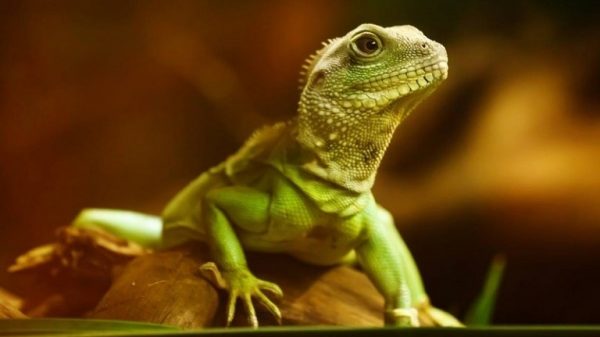Mèrida, Yucatàn, (May 20, 2021).- A team of evolutionary biologists from the University of Toronto has shown that anole lizards can breathe underwater with the help of a bubble attached to their snout.
Anoles are a diverse group of lizards found in tropical America. Some anoles are stream specialists, and these semi-aquatic species often dive underwater to avoid predators, where they can stay submerged for up to 18 minutes.
“We found that semiaquatic anoles breathe air into a bubble that adheres to their skin,” says Chris Boccia, a recent Master of Science graduate from the Department of Ecology and Evolutionary Biology at the College of Arts and Sciences (EEB). Boccia is the lead author of a paper describing the finding published this week in Current Biology.
“The lizards then breathe in the air again,” says Boccia, “a maneuver we’ve called ‘breathing again’ after diving technology.”

The researchers measured the oxygen (O2) content of the air in the bubbles and found that it decreased over time, confirming that rebreathed air is involved in respiration.
Re inspiration likely evolved because the ability to stay submerged longer increases the lizard’s chances of eluding predators.
The authors studied six species of semiaquatic anoles and found that all possessed the rebreathing trait, even though most of the species were distantly related. While rebreathing has been extensively studied in aquatic arthropods such as water beetles, it was not expected in lizards due to physiological differences between arthropods and vertebrates.
“Re inspiration has never been considered a potential natural mechanism for underwater respiration in vertebrates,” says Luke Mahler, assistant professor at EEB and Boccia’s thesis supervisor. “But our work shows that this is possible and that anoles have repeatedly deployed this strategy in species that use aquatic habitats.”


